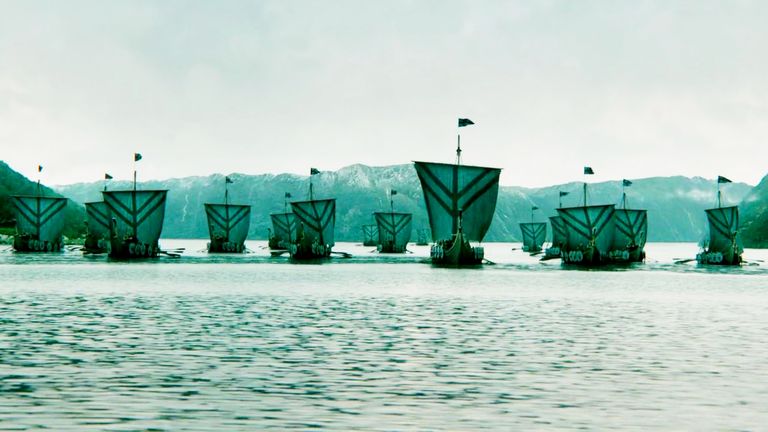The First Viking Woman To Make It To America Was One Of Wildest Travelers Of All Time
Think of Vikings and you probably picture bearded men brandishing swords as they leap off the prow of a longboat before embarking on an orgy of looting and pillage. Well, there is undoubtedly at least some truth in that hackneyed stereotype of Viking culture. But it’s a long way from the whole story of those Nordic folk from around 1,000 years ago. For a start, that piratical picture of Scandinavian life completely leaves out women. Yet the truth is that there were some outstanding female characters in Viking times.
A prodigious traveler and pioneer
One of those was a woman called Gudrid who, far from staying at home darning her husband’s socks, was herself a prodigious traveler and pioneer. While it’s true that women didn’t directly participate in the violence of raiding, Gudrid’s life shows that some of them took a full part in the Vikings’ extraordinary seafaring achievements.
In fact, it was not uncommon for women to join their husbands on exploratory trips across the seas. Writing on the BBC’s History Extra website, Professor Judith Jesch explains why.
Across the North Atlantic in an open boat
Dr. Jesch writes, “Women of all classes were essential to the setting up of new households in unknown and uninhabited territories, not only in Iceland but also in Greenland”. She also notes that women shared the “hardships of travel across the North Atlantic in an open boat along with their children and all their worldly goods.”
Gudrid, as we’ll see, actually traveled far further than Greenland and Iceland, becoming a legendary figure in Norse literature in the process. And she appears in not one but two of the famous Icelandic sagas.
Icelandic sagas
In fact, what we know about Gudrun comes from two of the sagas, Saga of the Greenlanders and Saga of Erik the Red. Writing on the Big Think website, Frank Jacobs describes the origins of the narratives. “These sagas were told and retold from memory until they were committed to paper in the 13th century,” he tells us.
Jacobs warns, “Due to those 200 years of oral transmission, they likely contain numerous inconsistencies.” He adds that the chronicles “freely mix fact with fiction”. So they should be treated with some caution.
Gudrid Thorbjarnardóttir
So what do those two sagas tell us about Gudrid Thorbjarnardóttir, known as the “far-traveler?” She was born in about 985 A.D. in the west of Iceland in the Snaefellsnes district. This consists of a narrow peninsula that juts out into the Atlantic Ocean and features a rocky, volcanic landscape.
Gudrid’s second name translates as “daughter of Thorbjorn”. The Erik the Red Saga gives us some information about this man, and it turns out that he was a farmer of some substance.
